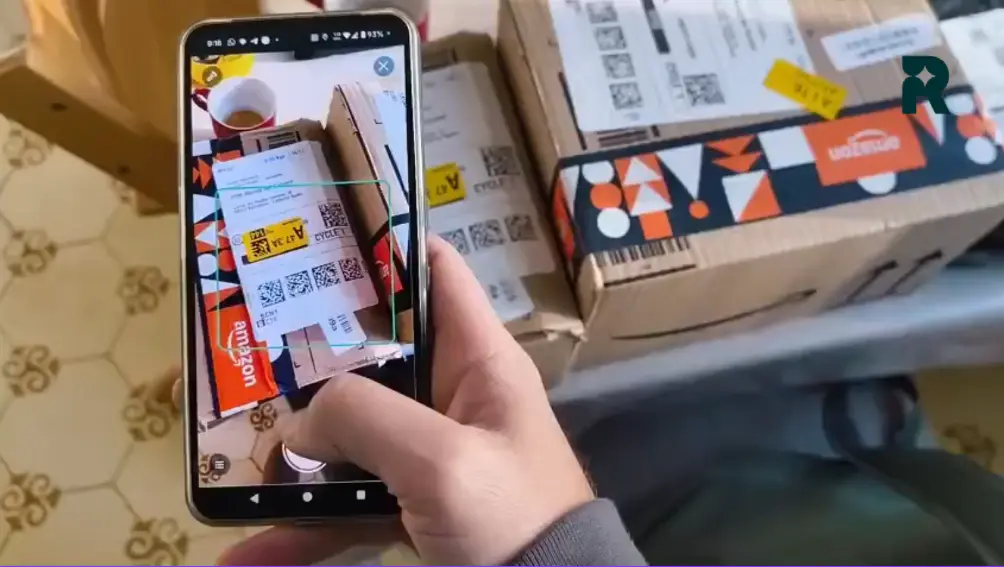Automation in the last mile: When should you implement delivery management software?
.webp)
Last-mile logistics is one of the biggest challenges for any company that manages deliveries. The lack of automation in these processes can lead to problems such as delays, high operating costs, customer dissatisfaction and chaotic delivery management. In this article, we analyze when is the right time to implement delivery management software and how solutions like Routal can transform the efficiency of your operation.
The problems of not automating the last mile
Many companies still manage their deliveries with spreadsheets, phone calls and manual processes. While this can work on a small scale, as the volume of deliveries grows, the problems multiply:
📌 1. Inefficient route planning
The problem
If routes are planned manually, a lot of time is wasted in organizing and the routes may not be the most optimal. This translates into higher fuel costs, longer working hours and fewer deliveries over the same period.
🔴 Real example: A food distribution company creates routes based on the manager's experience, without considering real-time traffic or the best sequence of stops. As a result, drivers travel longer and more expensive than necessary.
The solution with Routal
✅ Routal optimizes route planning in seconds, considering factors such as traffic, time restrictions and load capacities. This way, deliveries are faster, more efficient and more cost-effective.
📌 2. Inefficient communication with customers
The problem
Customers want to know where their order is and when it will arrive. Without an automated platform, deliverymen or the customer service team must constantly answer calls, creating a heavy workload and potential errors in information.
🔴 Real example: An online store receives dozens of calls a day asking about the status of orders. As the team must check with the delivery people manually, the answers are late and inaccurate.
The solution with Routal
✅ With Routal, customers receive automatic notifications with the status of their delivery and a real-time tracking link. This dramatically reduces the number of calls and improves the user experience.
📌 3. Lack of visibility and access to information
The problem
Without a centralized system, delivery managers find it difficult to know what is happening at all times: Has the delivery person already made the delivery? Were there any problems? Does a shipment need to be rescheduled?
🔴 Real example: A logistics operator does not have real-time access to the status of deliveries. When a customer claims an order not received, the only option is to call the driver, who may be busy or can't remember the exact detail.
The solution with Routal
✅ Routal offers a real-time control panel with the status of each delivery. Managers can see the progress of each route and react quickly to any unforeseen event. In addition, the system records proof of delivery (such as photos and digital signatures), reducing disputes with customers.
When is the right time to automate the last mile?
If your company is facing any of these problems, it's probably time to implement delivery management software. Some signs that automation is urgent include:
✅ Increase in the number of deliveries and difficulty managing them manually.
✅ High operating costs due to inefficient routes and higher fuel consumption.
✅ A high volume of calls from customers asking about the status of their orders.
✅ Difficulty giving quick and accurate answers about ongoing deliveries.
Conclusion
Automating the last mile with software like Routal not only improves operational efficiency, but it also reduces costs and improves customer satisfaction. If your company is dealing with planning, communication and visibility issues, it's time to take the leap to intelligent delivery management.
Ready to optimize your operation? 🚀 Try Routal and take your logistics to the next level.




%20(22).webp)
%20(12).webp)
%20(11).webp)


.png)


